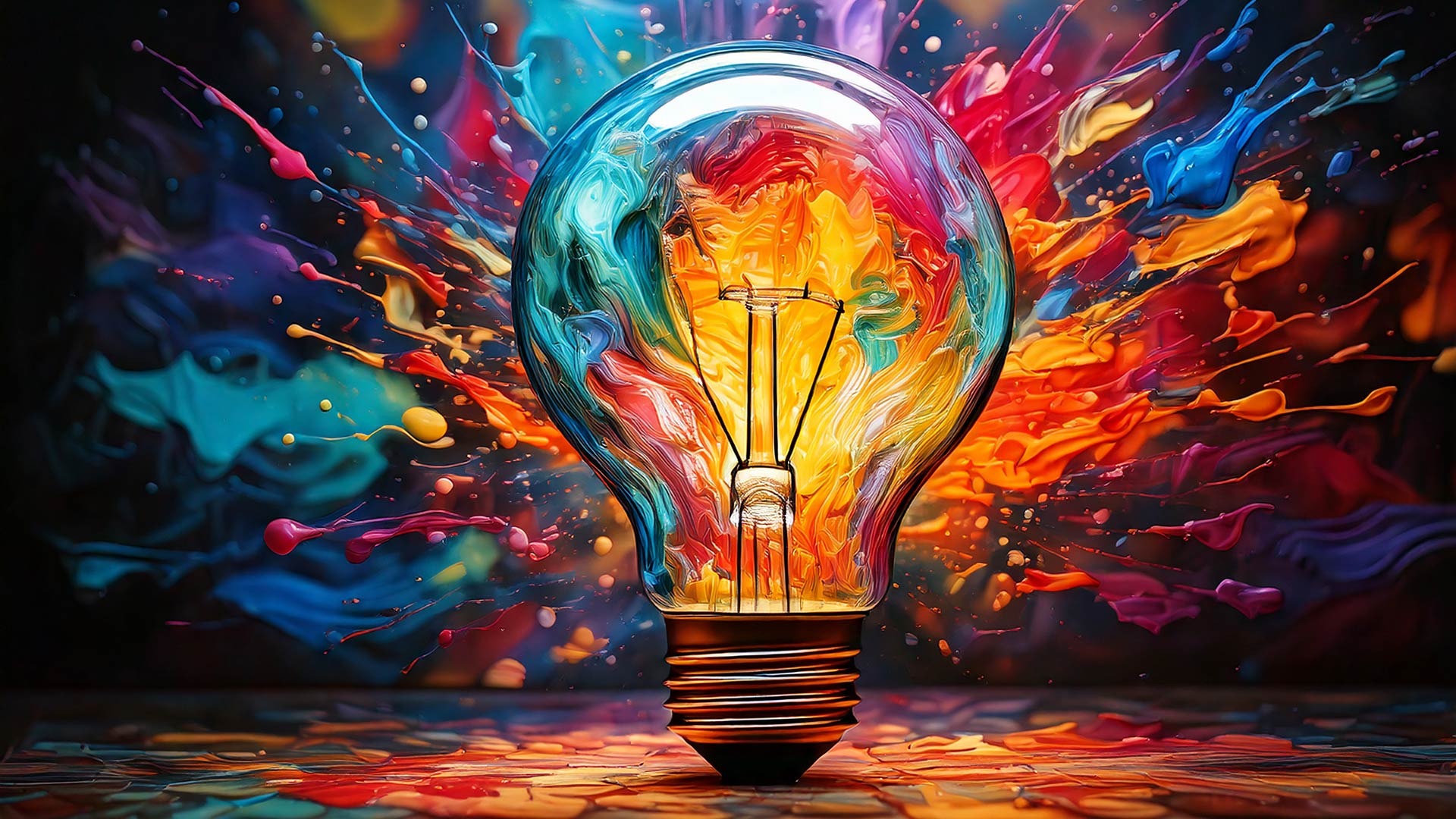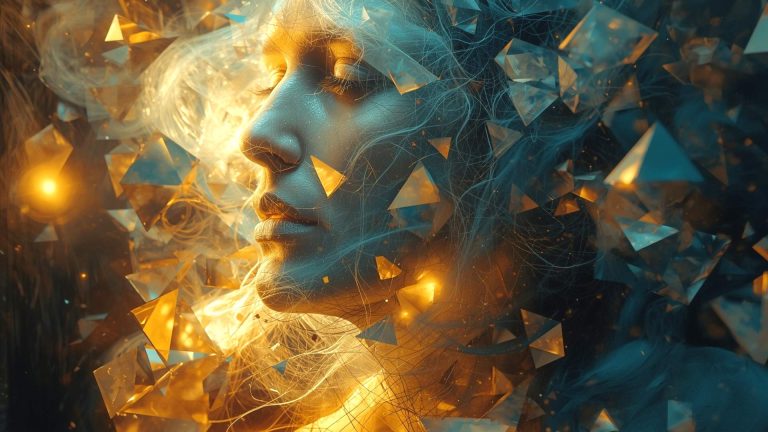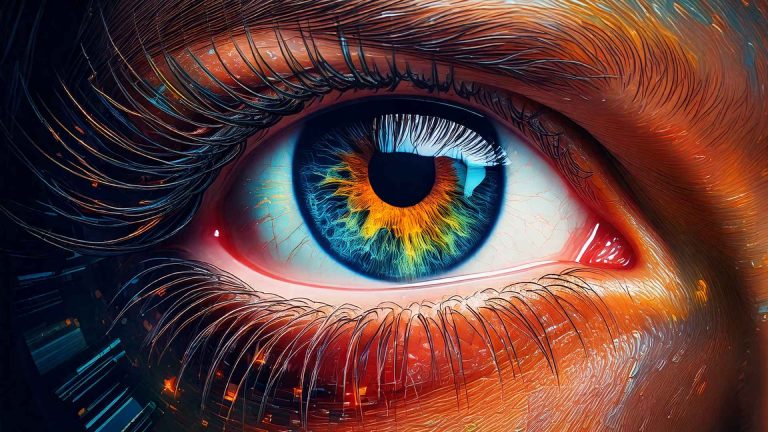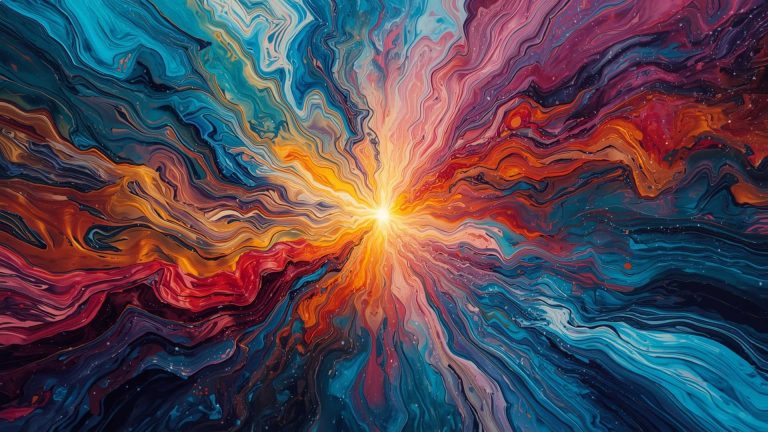What’s the difference—and why it matters
Read time 2 minutes
reativity and art are often used interchangeably, yet they are not the same. While closely linked, they represent different aspects of human expression. Creativity is the broader concept—the engine that powers new ideas, innovative solutions, and original thinking. Art, on the other hand, is one of the many vehicles through which creativity manifests. To understand the difference is to better appreciate both.
Creativity is the broader, more foundational concept—the drive behind original thinking, problem-solving, and innovation. It is the capacity to transcend conventional ideas and frameworks to generate meaningful and novel outcomes. Creativity is not confined to artistic fields; it is equally present in scientific discovery, technological advancement, strategic planning, and everyday decision-making. It is an innate human quality, not restricted by medium, skill level, or aesthetic.
Art, in contrast, is a specific form of expression that often relies on creativity, but is distinct in its purpose and structure. Painting, music, dance, literature, and sculpture are all examples of art forms. Art typically involves skill, technique, and intentionality, and typically aims to evoke emotion, provoke thought, or communicate a message.
While creativity is essential to art, not all creative acts result in what we traditionally consider “art.” Similarly, not all art is necessarily highly creative—some pieces follow established conventions or imitate previous works.
The relationship between the two is symbiotic. Creativity gives art its originality, vitality, and ability to evolve. Without creativity, art becomes static and repetitive. Without art, creativity lacks a tangible outlet, a form through which ideas can be shared and experienced. Some of the most powerful art arises when artists push boundaries and challenge norms—acts rooted deeply in creative thinking.
However, creativity is more inclusive. Everyone can be creative, regardless of whether they consider themselves artists. A chef experimenting with flavors, a child building an imaginary world, or an engineer designing a more efficient machine—all are engaging in creative acts. Creativity is a universal skill that can be nurtured and applied across all areas of life.
In essence, creativity is the fuel, and art is one possible flame it can ignite, one of the many ways in which creativity can be expressed. Understanding their distinction helps us better appreciate the value of creativity in all areas of life, but also recognizes art as a vital, vibrant form of human communication and expression.
So, why does this matter? Because when we separate the two, we limit what’s possible. But when we understand how they work together, we unlock endless potential—not just for art, but for innovation, problem-solving, and human connection.



